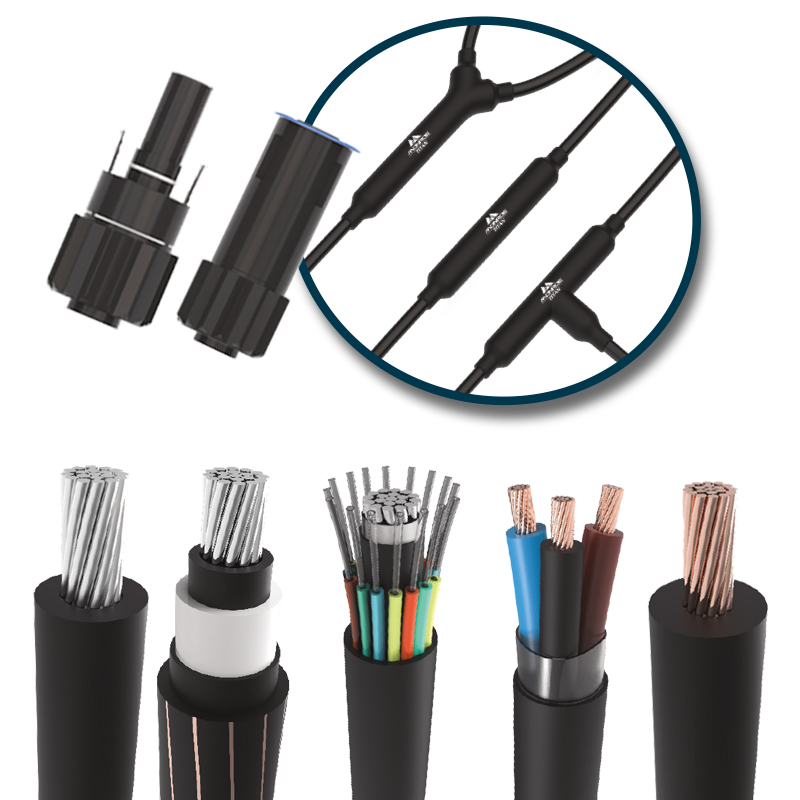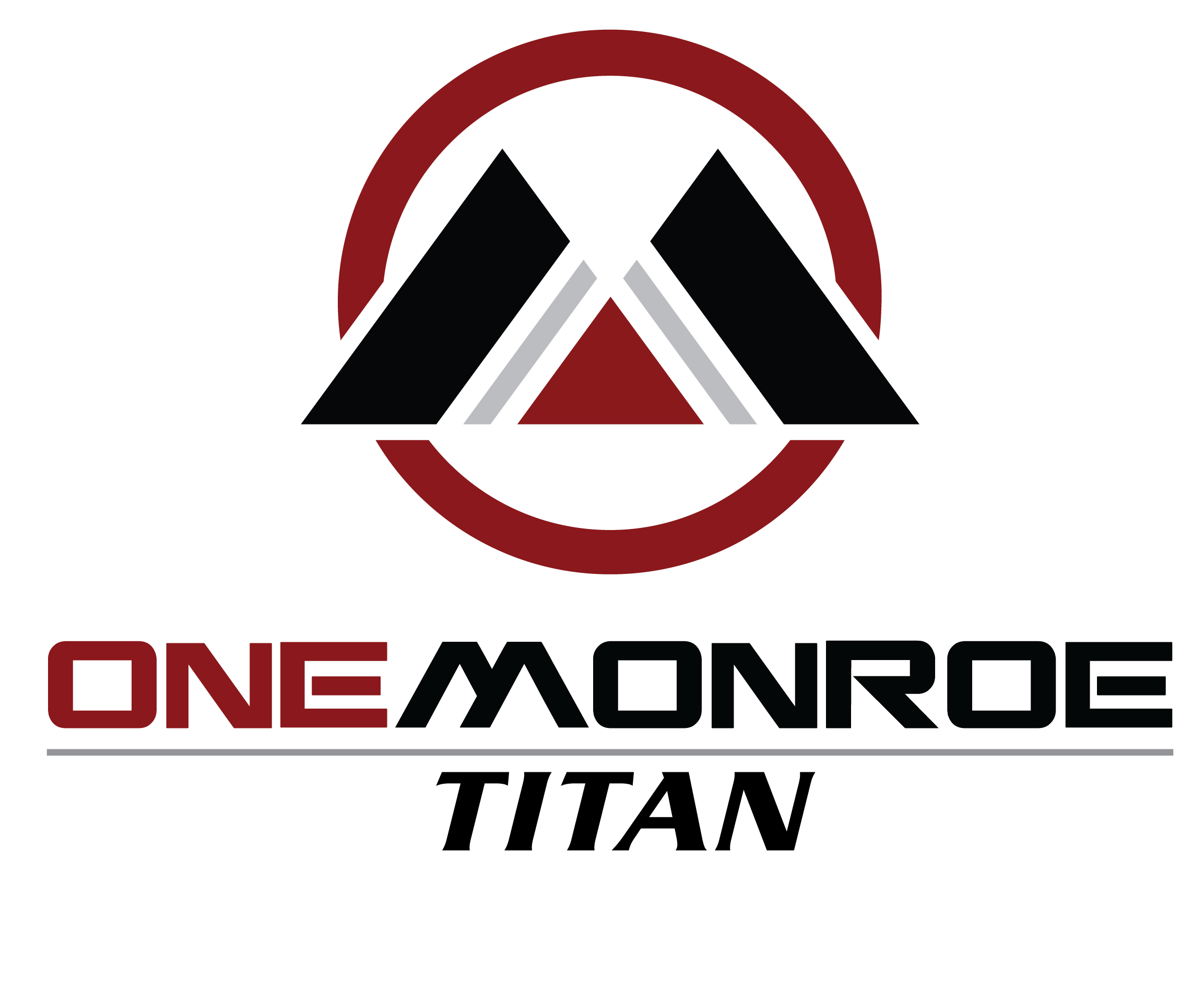
In our journey to harness the power of the sun, ensuring the efficiency and longevity of a solar system is paramount. Quality solar wiring is a crucial component that directly impacts both the performance and lifespan of photovoltaic systems. Without robust and reliable wiring, even the highest-quality solar panels can underperform over time.

The degradation of solar cables can lead to decreased electrical conductivity, which translates to lower energy production and potential safety risks. As part of a well-maintained system, high-grade solar wiring serves as the backbone for efficient power transmission and durable operation over the solar array’s lifecycle. The focus on optimum wiring solutions is increasingly vital as more systems reach maturity and require replacement or upgrading.
Fundamental Role of Quality Wiring in Solar Energy Systems
Quality wiring is vital for maximizing the efficiency and longevity of solar energy systems. High-quality materials, adherence to wiring standards, and precise installation techniques are crucial in optimizing energy production and ensuring safe operation.
How Wiring Influences Solar Panel Efficiency
Effective wiring minimizes energy loss as electricity travels from solar panels to inverters. It ensures a smooth transfer of direct current (DC) energy to alternating current (AC), which powers our devices. Proper wiring not only reduces resistance but also limits temperature rise, thereby preserving the efficiency of solar panels and the entire system.
Material Quality and Wiring Standards
Selecting the appropriate materials for wiring and connections is essential. High-quality materials, such as copper or aluminum, exhibit superior conductivity and durability, essential for harsh environmental conditions. Complying with recognized wiring standards guarantees both safety and efficiency for photovoltaic systems. We ensure that our systems use materials that stand the test of time while meeting standard test condition (STC) requirements, optimizing performance throughout the lifecycle of the installation.
Proper Installation and Cable Management
Precise installation practices are vital to prevent unnecessary energy loss and potential hazards. Professional installation involves not only securing cables properly to avoid damage but also employing meticulous cable management techniques that include effective grounding and insulation practices. Utilizing microinverters and bypass diodes enhances energy flow and reduces the risk of energy losses due to shading or panel failure.
Ensuring System Efficiency and Maximizing Longevity
Effective solar wiring and maintenance practices are key for optimizing energy production and prolonging solar system lifespan. Reliable installations and regular inspections reduce risks, enhance performance, and maximize solar energy investments.
Preventing Electrical Faults and Hazards
Robust wiring is crucial to prevent electrical faults that may reduce efficiency and pose hazards. Using quality materials and ensuring proper connections helps maintain reliability. Installers must follow industry standards and guidelines to minimize risks and ensure safe energy production.
Our focus includes using weather-resistant wires and ensuring thorough insulation. Regular checks for loose connections or corrosion are vital. Following these steps, we can significantly reduce the likelihood of electrical hazards that might affect system sustainability.
Impact of Environmental and Operating Conditions
Environmental conditions like temperature and weather play a significant role in system performance. High temperatures can stress components, while excessive cloud cover or shading impacts energy production.

Optimally positioning panels minimizes shading and enhances efficiency. Controlling shading through strategic placement and regular trimming of nearby foliage sustains consistent energy output. Addressing partial shading effects ensures maximum reliability and prolonged panel lifespan.
Maintenance and Inspection Best Practices
Adopting rigorous maintenance practices ensures the durability and effectiveness of solar systems. Regular inspections should focus on identifying physical or mechanical stress signs in panels and wiring. Debris accumulation obstructs sunlight, affecting output, so periodic cleaning is essential.
We should schedule annual inspections to detect wear and tear early. This routine helps maintain system integrity, reduces degradation rates, and ensures panels reach their intended lifespan.
Effect on Inverter Performance and System Lifespan
Inverters are a pivotal component, converting DC to AC power. Proper wiring and voltage regulation are crucial to avoid inverter strain, which can impair function and accelerate wear.
Regular monitoring of inverter status helps in early fault detection, promoting prolonged service life and greater reliability.

